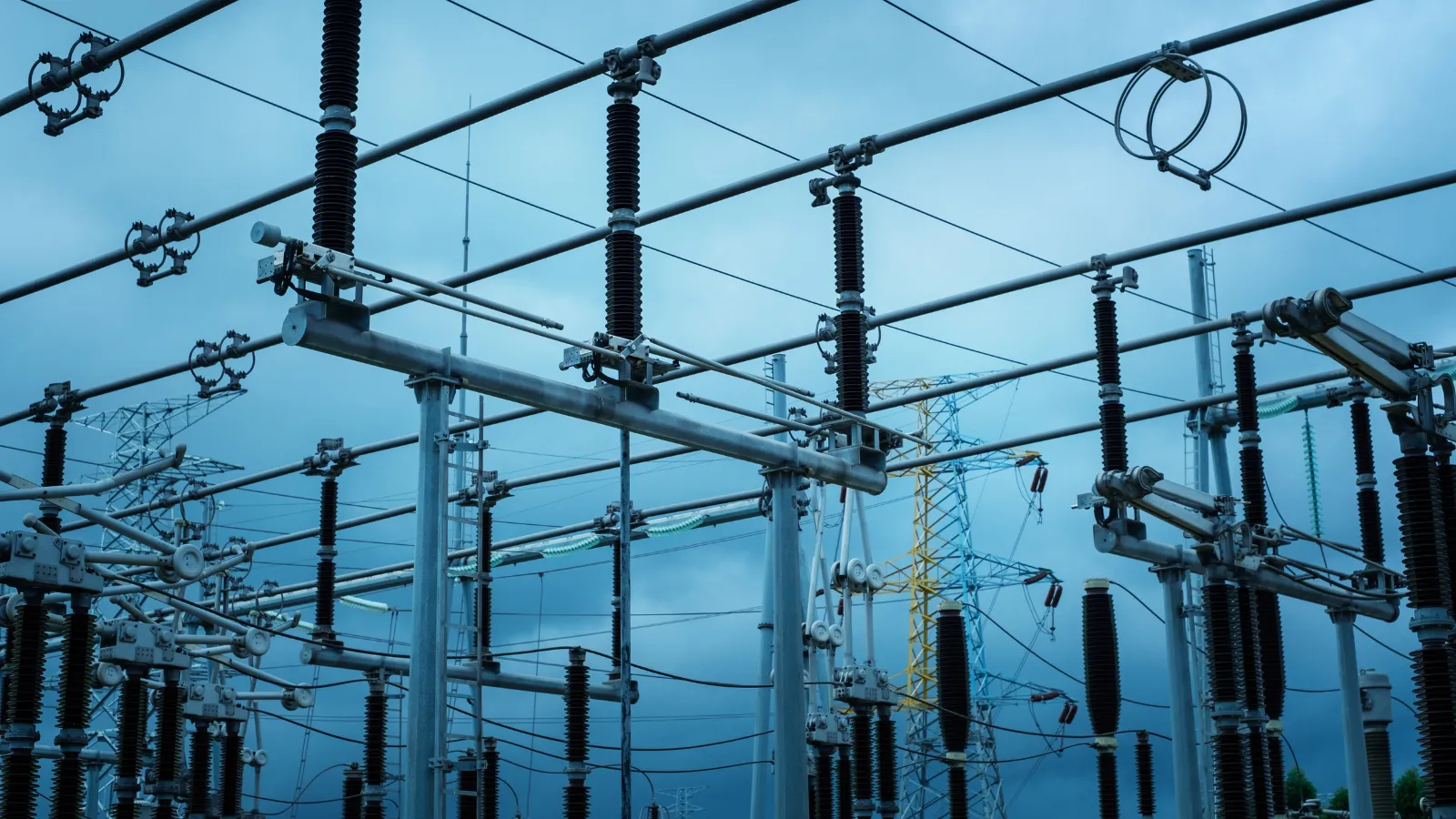
Electricity is transmitted via power lines and substations with robust and flexible designs. As a result, it is impossible to identify changes in the status and functioning of relays, switches, disconnectors and circuit breakers, among many other components that operate in continuous coordination to ensure the safety of the grid.
These infrastructure protection components are activated when situations are detected that may be inappropriate for the correct operation of the grid, which is known as a trip.
When a trip occurs, the technicians of Red Eléctrica study the variables that define the status of the protection component and determine what has happened according to the data recorded at different points of the substations. If necessary, mitigation and correction plans are developed on the basis of the data, meaning that the grid is reviewed and fine-tuned after each incident in order to ensure that it continues to function properly.
Technicians require tools that allow them to analyse these events with greater efficiency, including real-time access to the data related to the protective components.
In this regard, Elewit and Red Eléctrica, together with Barbara, have developed a high-tech innovation project to design and develop a tool to improve the analysis of the aforementioned events.
What does the project entail?
Barbara is developing an edge computing-based tool to diagnose the status of the electricity substation components when a trip occurs. Therefore, it will meet technicians' requirements by giving them access to the data for both monitoring and analysis. Edge computing is a type of on-site computing that relies on collecting and processing data from the hardware itself rather than sending it to the cloud for analysis, as do most IoT based systems (Internet of Things), which are more passive in nature.
The main benefit of edge computing is its near-instantaneous processing and monitoring capability. Therefore, there is no need for post-processing using after-the-fact software for analysis.
The proposed solution consists of a small device that, once attached to the corresponding protective component, makes it possible to view the voltage and current of the component to which it is connected in a web application. This small device is capable of plotting the component's three-phase current with a sampling frequency of 0.25 milliseconds, i.e. 80 times the frequency of the grid oscillations. This speed will enable the identification and analysis of what may have triggered a trip.
How does the project contribute to energy transition and to advancing connectivity?
At its core, the Barbara project is an innovative solution that plays a key role in the transition to a more sustainable energy system and in improving connectivity by providing valuable information for grid operation, maintenance and planning.
Some of the ways in which tools such as Barbara contribute to the energy transition and connectivity include the following:
- Improved system reliability: by identifying the causes of a trip, measures can be taken to prevent future faults and improve the reliability of the entire electricity system.
- Predictive maintenance of the grid: by analysing trips, maintenance strategies can be implemented on components before faults occur.
- Optimisation of substation operation: the information provided by trip analyses can be used to optimise substation operation and improve the efficiency of power transmission and distribution.
What is the current status of the project?
Today, the project has successfully undergone laboratory tests and is currently at the stage of validating its applicability in the relevant environments in order to assess its potential implementation in Red Eléctrica.